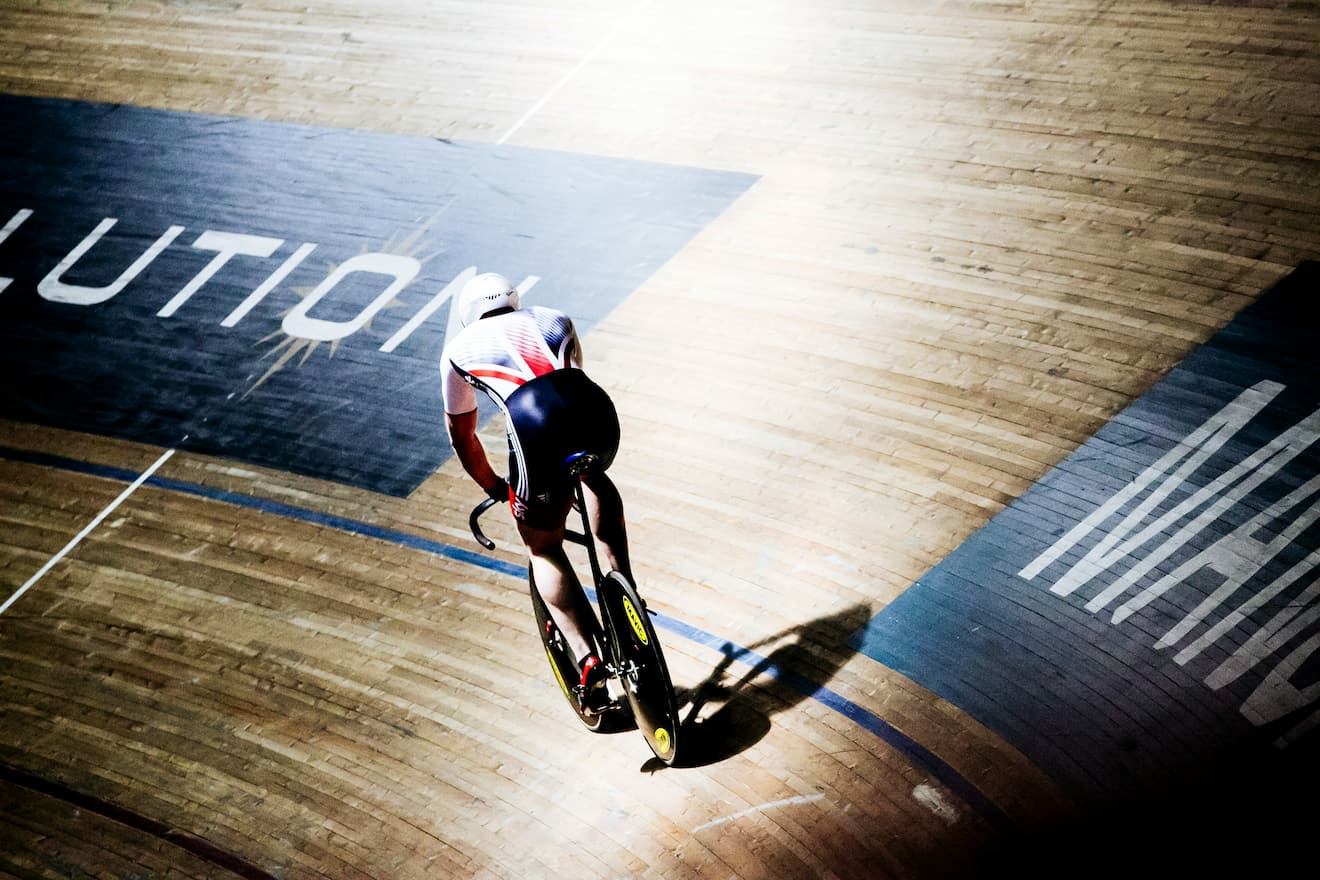Many sports bettors like 22Bet often justifiably ask themselves how high they should set their stakes so that they do not go bankrupt too quickly, but at the same time do not miss the chance to increase their own bankroll. Well thought-out money management and therefore also determining your own betting levels is an elementary key to the long-term success of every sports bettor.
Determine betting stake according to a system
Step 1: Determine your bankroll
The first step should be to determine the amount you want to use for betting in the future. This is called a bankroll, the amount of which can vary greatly and of course depends on your financial situation as well as the approach you want to take. Someone who wants to take a more professional approach to betting will probably be prepared to invest a little more money. Those who see sports betting more as a pastime and fun, on the other hand, should invest a smaller amount. In both cases, it is important that the loss of your entire bankroll never affects your normal life and leads to your insolvency. A rule of thumb is that no more than 10 percent of the available money should be used for sports betting.
Step 2: Determine your betting system
Once you have decided on the amount you want to play with in the future, you can start thinking about how you want to organize your stakes. It is very practical to convert the stakes into units. This results in a scale of 1/10 for a very small stake and 10/10 for the maximum bet per tip.
Everyone has to decide for themselves what percentage of the bankroll a unit represents. A good starting point is to equate a unit with 0.5 percent. For example, the stake for a bet to be played with 3/10 units would be 1.5 percent of the total bankroll. Assuming a bankroll of 1000 euros, the stake would therefore be 15 euros.
Some sports bettors adjust their stakes flexibly and constantly to their bankroll, while others only adjust their stakes again after a certain period of time. For example, they play for a month with constant stakes and then, depending on the change in the bankroll, the stake amount is either reduced or adjusted upwards.
It is important that the maximum stake is never more than 10 percent of the bankroll. In our opinion, it should never exceed 5 percent of the bankroll, because sports betting is not a short-term investment, but a long-term project. In a particular game, unforeseen things can always happen that have both a positive and negative influence on the outcome of the bet, and these fluctuations can only be balanced out over a larger number of bets.
There is still the question of how to decide how many stakes (units) should be placed on a bet. It is important to understand that bets must have value in order to be profitable. We have explained the value principle in detail in another article: Value simply explained!
Once you have understood this, it is also very simple and obvious how high the stakes should be. The more value a bet has, the higher the stake should be. The value content reflects the advantage over the bookmaker and if this is particularly high, the stake should also be relatively high.
Example: Stake calculation according to Kelly

Finally, we would like to present a specific betting system that takes into account the respective odds as well as the subjective probability of occurrence, i.e. also the value content. This so-called Kelly formula is used by many sports bettors and is also very easy to understand for beginners.
The stake is calculated using the following formula:
[(subjective probability of occurrence * betting odds) -1] / (betting odds – 1)
The result multiplied by 100 then gives the percentage which, according to Kelly, indicates the optimum stake. This looks a little complicated at first, but an example makes it quite simple.
We want to bet on a home win and the bookmaker offers us odds of 2.00, which reflects a probability of 50 percent (for the sake of simplicity, we will leave out the bookmaker’s margin).
In our personal opinion, however, the home win has a probability of 55 percent. Now we have everything at hand and only need to insert the values into the formula:
[(0,55 *2,00)-1] / (2,00 -1) = (1,1-1) / 1 = 0,1
0.1 * 100 = 10 -> The stake should be 10 percent of the bankroll.
Here, however, a small problem with the Kelly formula becomes immediately apparent: the stake amount is somewhat overestimated, so you should not stick exactly to the suggested percentage and only really bet a certain proportion.
It has been found that, for example, half of the optimal amount according to Kelly can be used very well. This minimizes the variance of the bankroll somewhat and reduces the risk of going bankrupt many times over.
